| Sorted by date | |||
Page001from Building IdeasIntroduction
Theoretical Practices In a chapter called “Demonstrations” in his book Monsters of Architecture, the architectural theorist Marco Frascari describes the relation of drawing to building as following: The traditional interpretation of this translation is that an architectural drawing is a graphic representation of an existing, or future building. The present modern and post-modern condition of understanding … these translations is that buildings are representations of the drawings that preceded them.1 A glance at the recent history of significant events in architecture would confirm the importance of “things-other-than-buildings” in the dissemination of architectural ideas. The Victorian rediscovery of Greek polychrome decoration – upsetting centuries of scholarship based on the assumption of a “white” architecture – is one such event of historical importance which emerged from documentary sources, rather than the fabric of the buildings themselves. More recently this phenomenon has taken several surprising twists, not least due to the growing impact of photographic representation. One of the most iconic and characteristic of twentieth century buildings is the Barcelona Pavilion designed by Ludwig Mies van der Rohe. Built in 1929 for the International Exposition, the Pavilion was demolished in the following 1 Marco Frasari, Monster of Anthropomorphism in Architectural Theory, Rowman and Littlefield, Savage, MD, 1991, P 93[emphasis added].
|
|||
|
|
|||
|
|||
|
|
|||
Note on the Bibliographyfrom Building IdeasTo assist in the use of this book as a set text for architectural theory courses, a list of suggestions for further reading has been provided relevant to themes covered in each chapter. The first two sections in each list – described as “background” and “foreground” – relate to the approximate division within each chapter between the philosophical and the architectural material. Both sections typically refer to readily accessible sources, either for reference or further reading on a topic of particular interest. The third section includes suggestions for possible seminar readings, which have been chosen to highlight key issues in the debates surrounding each topic. These are also selected from readily available sources, usually from anthologies of architectural theory or commonly accessible journals.
|
|||
|
|
|||
|
|
|||
Messagefrom General Critics"in a stimulating and supportive environment"
stimulating, rousing or quickening activity or the senses 令人兴奋的
|
|||
|
|||
|
|
|||
Messagefrom General Criticsformidable [´fɔ:midəbl, ´fɔ:midəbəl]
强大的, 可怕的, 难对付的 extremely impressive in strength or excellence guidance [´gaidəns, ´gaidəns,´gaidns] n. 指导, 引导, 导航 something that provides direction or advice as to a decision or course of action indebted [in´detid] adj. 受惠的, 负债的 owing gratitude or recognition to another for help or favors etc
|
|||
|
|||
|
|
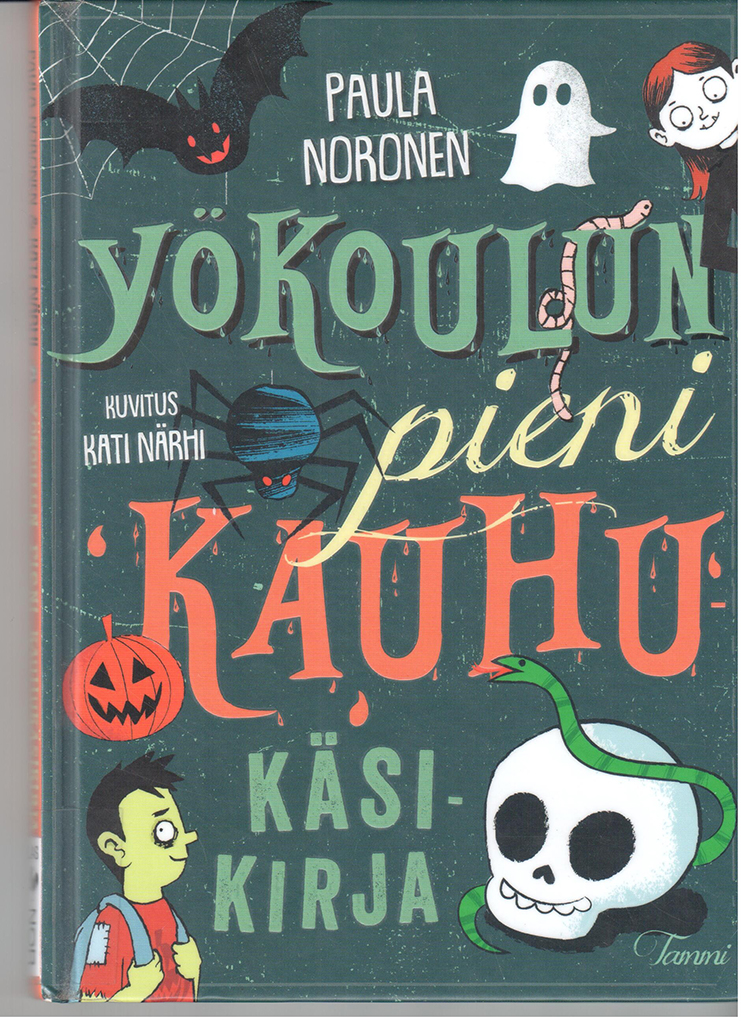 ... ...
... ... ... ...
... ... ... ...
... ...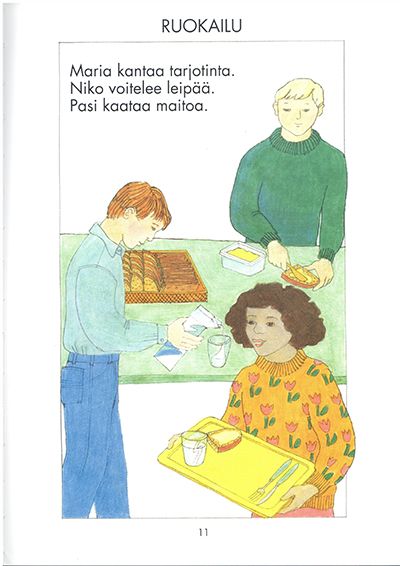 ... ...
... ...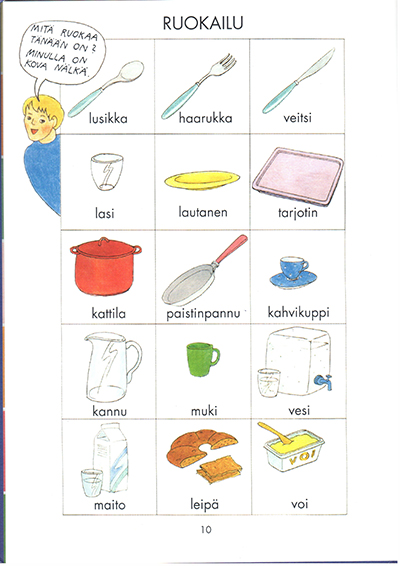 ... ...
... ...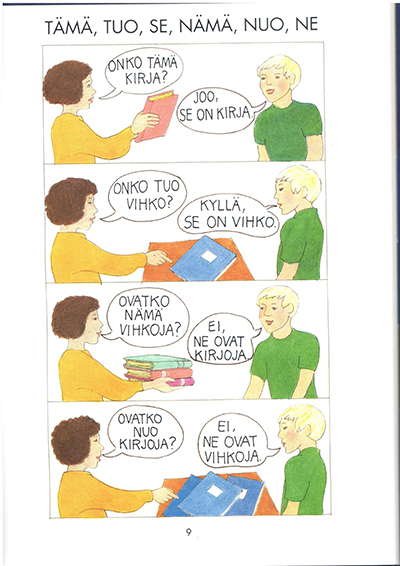 ... ...
... ...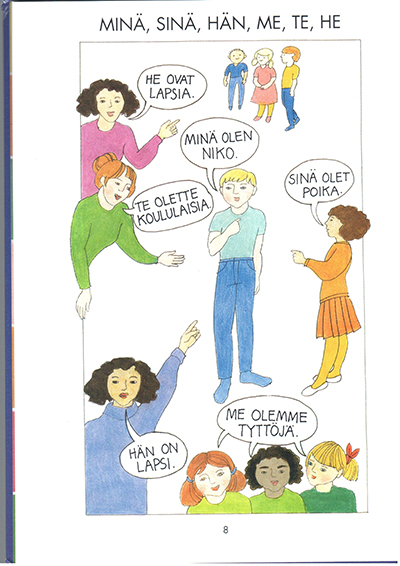 ... ...
... ...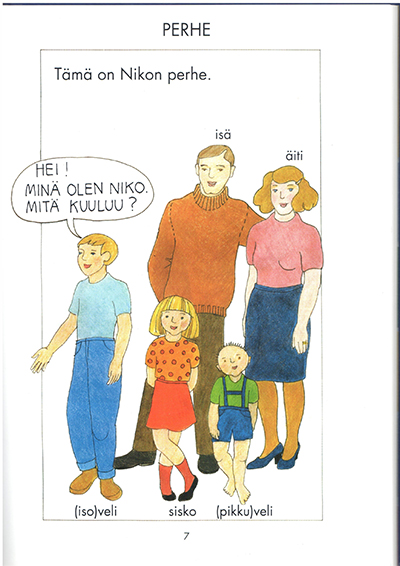 ... ...
... ... ... ...
... ...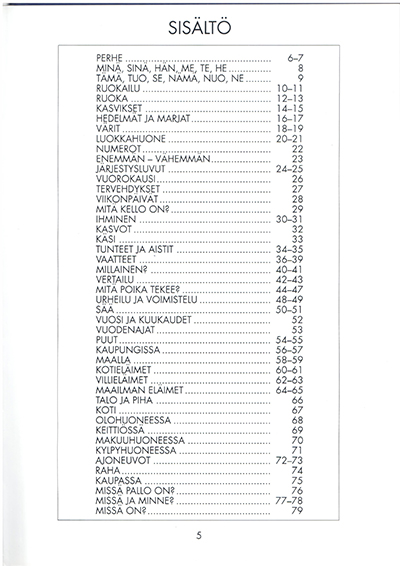 ... ...
... ... ... ...
... ... ... ...
... ...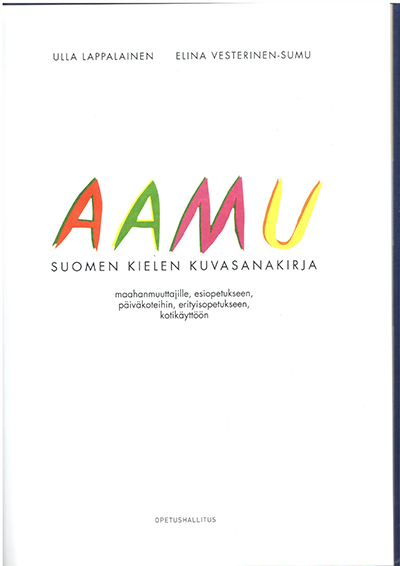 ... ...
... ...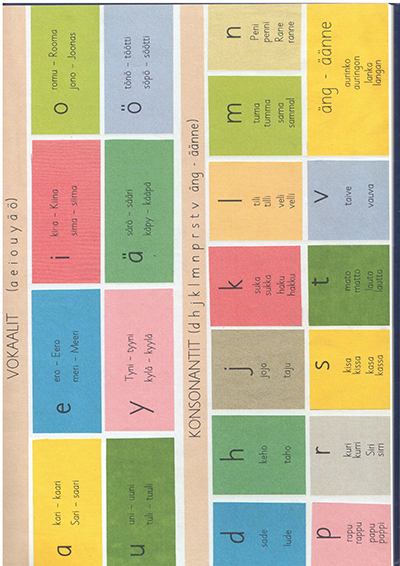 ... ...
... ...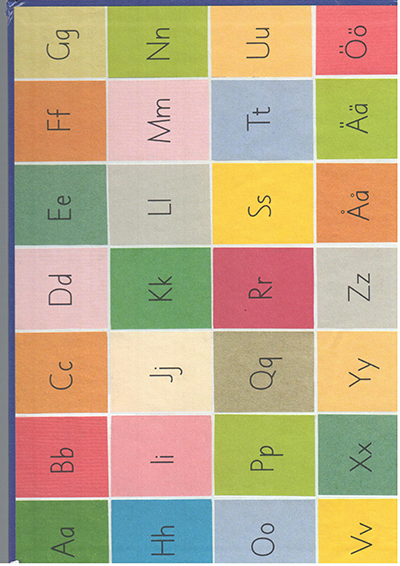 ... ...
... ...